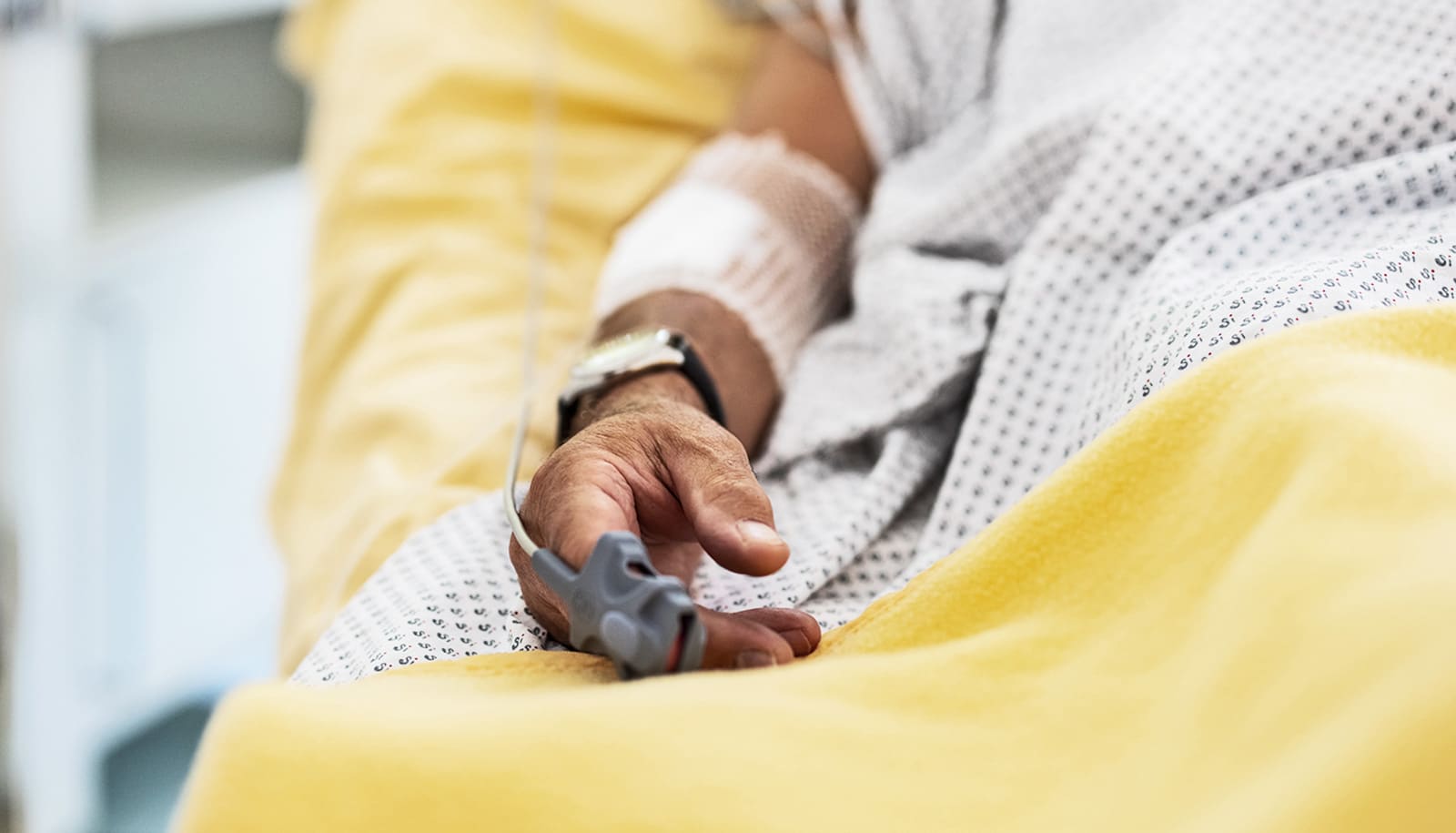Public understanding of the needs of military veterans has focused largely post-traumatic stress disorder, traumatic brain injuries, suicide rates, and poor conditions at the Walter Reed Army Medical Center.
But the great majority of the veterans of post-9/11 wars need social services that will help them transition back to civilian life.
Between 65 percent and 80 percent of veterans surveyed between 2014 and 2016 left the military without a job.
That is the assessment of the latest study by the Costs of War project based at Brown University’s Watson Institute for International and Public Affairs, which uses research to explore the human, economic, and political costs of the post-9/11 wars in Iraq and Afghanistan and the related violence in Pakistan and Syria.
The new study, which focuses on the difficulties the newest generation of post-combat veterans face as they reintegrate to civilian life, reveals patterns of need and reviews the US Department of Veterans Affairs response to those needs.
“From changing residences and finding jobs to securing educational and vocational training and settling back in with family, veterans face post-war difficulties that are costs of war not easily captured in health care spending totals or in the epidemiology of combat-related health problems,” says Anna Zogas, a researcher at the University of Washington.
Navigate a daily routine
The research shows that the VA, the nation’s largest integrated health care system, changed its policies to better assist veterans and more than doubled spending between 2002 and 2015 on programs related to employment and education, two top areas of need according to veterans.
The non-medical services provided in tandem with health care are key to helping veterans leave the “disciplined, rigid, high-stakes environment” of the military and reintegrate with family, find work, pursue education, and navigate a daily routine that is no longer predictable, orderly, and mission-focused, Zogas says.
“Distinguishing strained social relations from specific medical problems is important because how we define problems shapes our efforts to solve them,” Zogas writes in the study.
Enlisted service members who fought in post-9/11 wars have been leaving the military at a rate of roughly 250,000 each year, and the Department of Defense estimates that this rate will remain at 230,000 to 245,000 per year through 2019.
News portrayal of veterans less bleak than feared
The difficulties veterans have in easing back into civilian life correlate with age, education level, and work experience—many of these veterans are young and lack a college degree. In 2008, the year in which the highest concentration of US troops deployed overseas, 41 percent of service members were 25 years old or younger, and only 18 percent had a bachelor’s degree.
This means that hundreds of thousands of young post-combat veterans leave the military each year, many of them without established careers to which they can return. Those who enter a college or vocational program may be older than traditional students and may have families to support.
Between 65 percent and 80 percent of veterans surveyed between 2014 and 2016 left the military without a job. Case managers of a career services program suggest veterans have unrealistic expectations of employment options and salaries in the civilian job market. Although they are highly motivated to work hard and move up corporate hierarchies, veterans are frequently frustrated by having to start in low-paying, entry-level positions and many report feeling like they were starting over completely.
Young veterans also report social difficulties with greater frequency than the rate at which they are diagnosed with specific mental health concerns. In 2008, 96 percent of a group of post-9/11 combat veterans surveyed reported that they were interested in receiving services to ease “community reintegration problems,” even though they were already using VA primary care or mental health services.
More recently, in studies published between 2014 and 2016, veterans of the post-9/11 wars reported adjustment difficulties at rates between 61 percent and 68 percent. Even without the most troubling health issues, such as traumatic brain injuries or PTSD, many post-combat veterans contend with physical and mental health concerns—from musculoskeletal ailments to mental disorders, insomnia and headache—that can make reintegrating with family and succeeding in school and work difficult.
Streamlined process
Before 2008, veterans were required to secure official recognition of combat-related disabilities before they could receive free medical treatment. That year, the VA streamlined the process and allowed all veterans to start receiving free care immediately.
That change cut down on red tape, Zogas says, making it possible for veterans transitioning into civilian life to receive supportive services—from group to individual counseling and educational support—without a prior medical diagnosis. It also accounts for the possibility that some combat-related symptoms take months to fully manifest, which signals a new responsiveness to the need for services that aid veterans in adjusting to civilian life.
In addition to ensuring that veterans are more easily able to access medical care, the VA increased spending on programs related to employment and education from 3.6 percent of total spending in 2002 to 8 percent by 2015, according to the study.
VA services for recent veterans include training in study skills, strategies for improved sleep, financial management, parenting, and services that help reduce veterans’ feelings of social isolation, such as outdoor activities organized by recreational therapists.
Almost half of US veterans with brain injury are jobless
“In some cases, this support takes shape through formal programming, such as parenting classes run by psychologists inside VA clinics,” Zogas writes, or classes that help veterans prepare to participate in college classes. Zogas cited “an eight-week course, wholly designed and taught by VA therapists in a VA clinic, in which a class of post-9/11 veterans sat together in a conference room for two hours a week, learning about cognition and memory in a way that mimics a college classroom.”
These kinds of programs can help veterans prepare to acclimate to college classrooms that will likely be populated by 18- to 22-year-olds.
“In a college or university, the concerns of traditionally aged students can seem trivial to people with combat experience, making it difficult for veterans to relate to their peers,” Zogas writes. “Less than 0.5 percent of the country’s population is serving in the military at any time, and post-9/11 veterans are a minority among their peers and families.”
The VA also provides vocational rehabilitation, including support for apprenticeships and on-the-job training, post-secondary training at a college, technical or business school, and supportive case management.
VA spending on rehabilitation and investment in veterans’ education and job training is not a cost of war in the strictly financial sense but that it represents an effort to address the day-to-day difficulties veterans returning to civilian life face.
In addition to formal vocational rehabilitation programs and the GI Bill, VA clinicians provide services tailored to young veterans’ non-medical needs within the relative isolation of their own clinics. This makes it almost impossible to gain a top-down perspective on how the institution and its operations help veterans transition back to civilian life.
‘The VA has moved toward institutionalizing meaningful support for ‘transitions,'” Zogas says. “If recent projects under VA Secretary Robert A. McDonald’s strategy for improving the organization materialize into formally organized, meaningful, sufficiently funded and sufficiently researched programs to assist veterans in their transitions, it would be a step toward taking veterans’ own stated post-military social, educational and employment needs as seriously as the military takes their training.”
Source: Brown University



